When migrants arrive in a new country they generally bring a number of things with them including clothing and food, and the skills they learned in their homeland. They also bring something less obvious – they bring their place names with them.
Hills and streams are named because of a sometimes fanciful resemblance to a topographical feature left behind. All settlers do this, and it would be interesting to know how many Maori placenames reflect places in Hawaiki. European settlers certainly brought their names with them, and many Masterton street names recall the villages and towns settlers left when they came to New Zealand
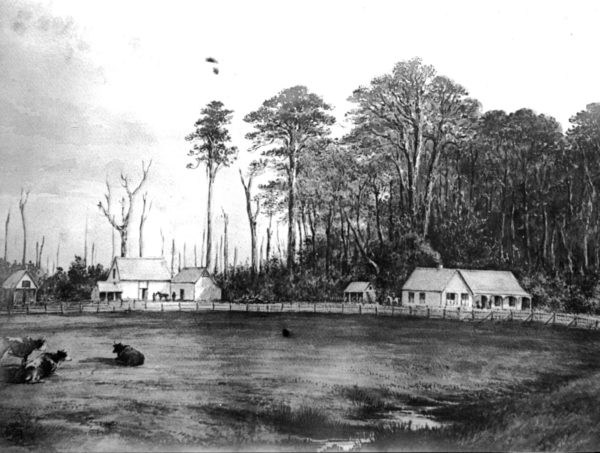
Worksop Road
The early settling family of Charles and Mary Dixon came from the Nottinghamshire village of Worksop, a name which lived on in the title of their farm, and eventually in Worksop Road, which bisected their land.
Worksop is situated on the River Ryton, and dates back to at least the 14th century. The town is near Sheffield, and is the entrance to The Dukeries, a large estate in the north of Robin Hood country, the Sherwood Forest.
Pic: The Dixon family homestead at Worksop Farm.
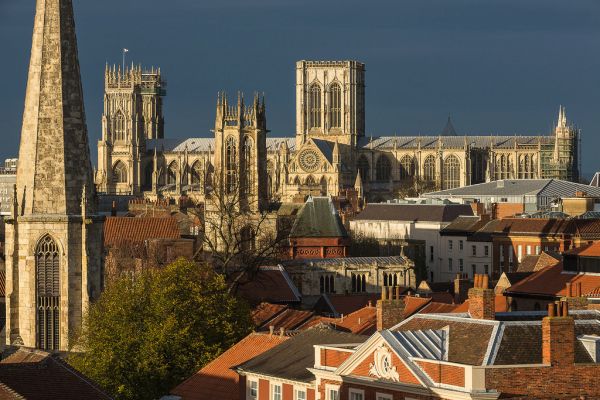
York Street
York Street is sometimes said to have been named in honour of the Duke of York following a visit to New Zealand in the early years of this century, but that does not seem to be the case. Drummond’s 1885 map of Masterton clearly shows York Street marked as such, running as a blind street from part of the then-named Short Street, now the end of Intermediate Street. The first newspaper reference to the street is in February 1886.
The name clearly looks back to the English city of that name. The city of York is situated on the site of the Roman town of Eboracum and of the later Danish settlement of Jorvik.
Pic:
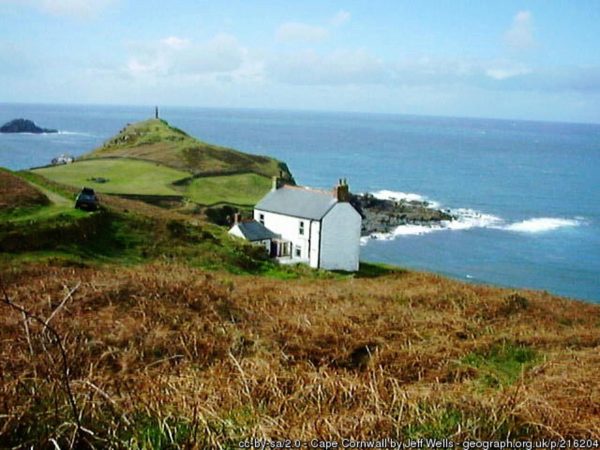
Cornwall Street
The Perry family clearly loved Cornwall, their county of origin. B .P. Perry named the road to his Taratahi farm Cornwall Road, and his brother Walter named one of Masterton’s suburban streets Cornwall Street.
Originally this was one of the many Masterton streets to have two names. The section west of Pownall Street was constructed first, and named Bennington Street to commemorate the family that owned the block it went through. Perry named the eastern portion Cornwall Street, and the Borough Council changed the name of the whole street to Cornwall Street in 1905. Cornwall Place, now Kokiri Place, was also named after the county.
During a proposed development of the corner of Pownall Street and Hillcrest Street in 1975 a number of street names were chosen. These streets were never formed, but make interesting reading.Cornwall Place, which was to be extended into the new subdivision, was to be changed to Cumberland Street, and the following streets were to be created:
Girdlestone Street; Holdsworth Avenue; Te Mara Terrace; Mitre Place; Fishpond Crescent; Meadow Crescent. The first four streets are named after peaks in the Tararuas, the last two reflect the proximity of the trout hatchery.
Pic: The wild coastline of Cornwall, the homeland of the Perry family.
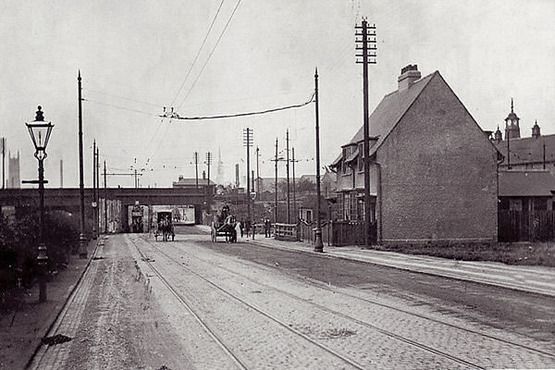
Devon Street and Derby Street
James Bulpitt was an early hotelier in Masterton, building and operating Devonshire House (now known as Victoria House) in Victoria Street. When Mr W. Cruickshank laid out land in the south end of town he named the new street Devon Street in honour of Mr Bulpitt’s home county.
Derby Street was named in 1955 to commemorate the hometown of the principal agent in the founding of Masterton, Joseph Masters. Masters was born in Derby, and served an apprenticeship in the town. Although he was to leave as a young man, and to travel to the other side of the world to make his mark, his autobiography makes clear the affection he always held for his childhood in Derby.
Pic: Joseph Masters' hometown Derby in the 19th century.

Sussex Street and Surrey Street
Sussex was the home county of long-time Masterton Borough Council member and one time Mayor, Edwin Feist, who was born in Framfield in Sussex. Sussex was one of the original old kingdoms of England, eventually falling to the kings of Wessex. Framfield is best known today as a recreational fishing centre.
Sussex Street was, at one time, one of the major recreation areas of Masterton. Owned in the early 1880s by Thomas Drummond, the area was called Drummond’s paddock, and used as a sports ground. As well as holding rugby matches there, the ground was also the site of the annual Caledonian Society sports for many years.
The sports of 1881 included all the usual Highland events – tossing the caber, the Highland Fling, running and jumping events and a blindfolded wheelbarrow race. Each of the contestants was to push a wooden wheelbarrow along a defined track in Drummond’s paddock.
It was mayhem. One contestant ran off the course and injured a spectator. Another ran his barrow into the steward’s tent. Even the winner had a problem. Being blindfolded he did not know he had won, and he kept on running, pushing the wheelbarrow until he fell into the Makoura Stream which flows through the end of the paddocks.
The Masterton Borough Council named Surrey Street, after the English county, in 1955. Surrey is in the southeast of England, and includes part of the Greater London area.
Pic: High Street, Lewes, Sussex, England.
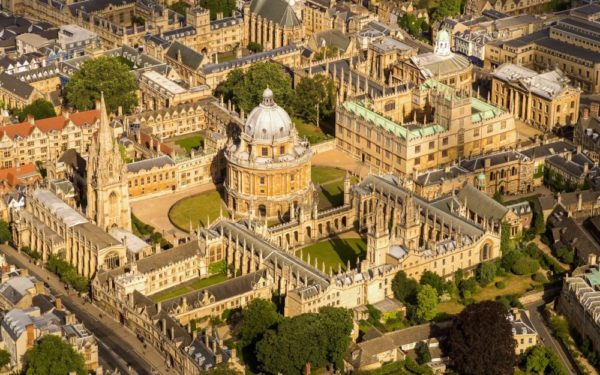
Oxford Street and Cambridge Terrace
Oxford and Cambridge are England’s two most famous centres of learning, and are commemorated in two Masterton streets.
Oxford Street was the first of these streets to be formed and named. Made by a consortium of Masterton businessmen in the early years of the 20th century they overrode the commonly used name for the area, Adamsville, to rename the area Oxford Street.
The section of Oxford Street nearest Opaki Road is actually a continuation of Bentley Street, as can be clearly seen by standing on top of the Oxford Street hill and looking over the river. The 1885 street map of Masterton, drawn by Thomas Drummond, shows a proposed bridge crossing the river at this point.
Cambridge Terrace is a much later subdivision, and is said to have been named in a Wellington land agent’s office. Presumably the office was located in Wellington’s Cambridge Terrace.
Pic: Oxford University dates back to at least the 11th century.
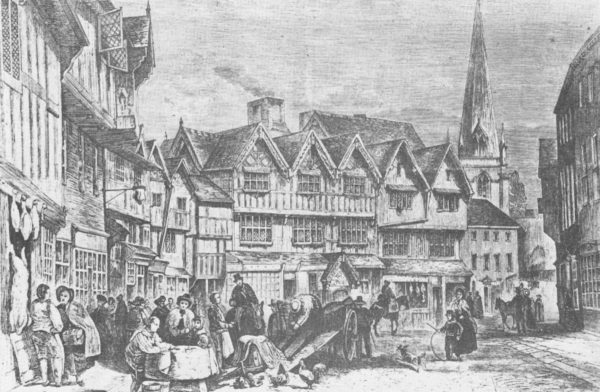
Dover Place, Durham Street and Hereford Place
Dover Place is named after the English seaport, principal sea link with France and the largest of the Cinque Ports. The town, situated in Kent, has ancient Roman connections, and is best remembered for the nearby cliffs celebrated in a famous World War II song.
Durham Street commemorates the county town in the northeast of England. The town has a famous university, and an ancient Norman castle and cathedral.
Hereford Place is not named after one of the most famous of cattle breeds, although the street and the livestock earn their name from the same place. Hereford is an area in western central England, on the River Wye, and the centre of a rich farming area. The city of Hereford has a famous medieval map of the world, said to date to 1275.
Pic: Hereford in the 19th century.
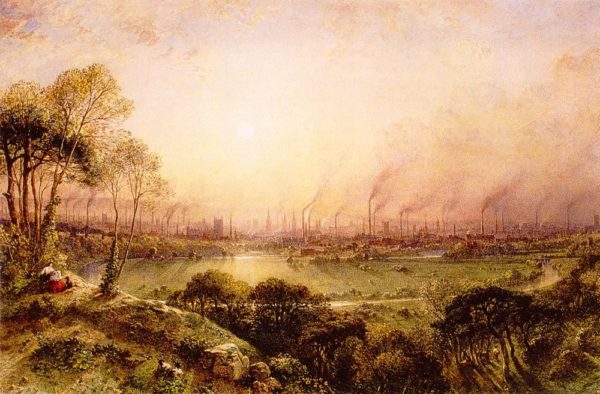
Leeds Place and Manchester Street
Leeds and Manchester are two English cities, best known in New Zealand for their soccer teams.
Leeds was a Middle Ages wool centre, and the Yorkshire moors still provide wool for spinning and weaving in the city. It is now a modern industrialised city famous for its ornate shopping arcade built mainly in late Victorian times.
Manchester, the trade capital of the north of England, was the finest Victorian city in England. Many of the old buildings remain despite extensive damage caused by wartime bombing. For New Zealanders visiting Manchester, the number one attraction is the Granada Television Studios where ‘Coronation Street’ is filmed.
Pic: This painting from the rural areas outside Manchester in 1857 shows the effects of the many factories in the city.
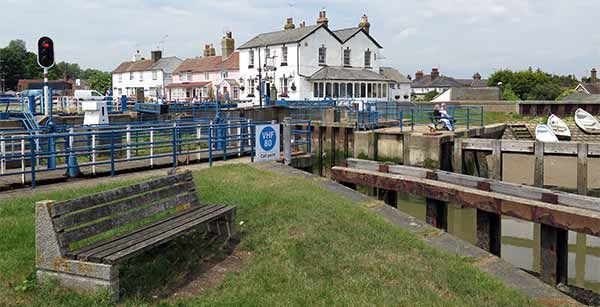
Essex Street
When early settler and Masterton mayor A.W. Renall died his family subdivided some of the land he owned and formed a new street just to the north of the street that bears his name. As Renall was born in Heybridge, Essex, the street was called Essex Street.
The bottom end of Essex Street had been used as a market garden by a number of Chinese gardeners in the early years of this century, and for some time the street was known as Cabbage Avenue.
Pic: Canal-side building is Heybridge, Essex, Alfred Renall's hometown.
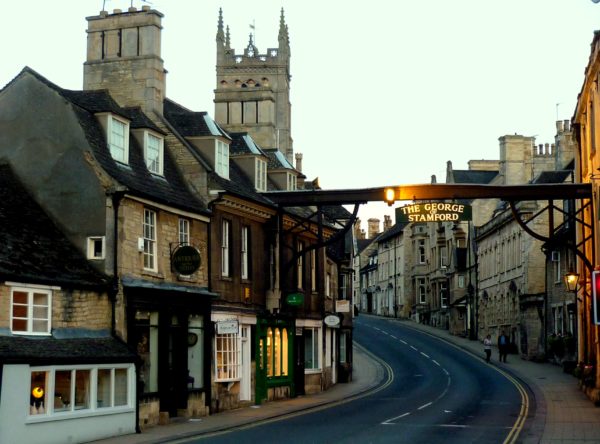
Stamford Place
Perhaps the most unusually named street to commemorate an English town is Stamford Place.
In the period immediately following World War II the citizens of Masterton sent food and clothing parcels to the English township of Stamford. In mid-1947 the Borough received a letter from Stamford saying that they appreciated the gesture so much they were going to name a new street in the town after Masterton.
At the time new streets were being built in Masterton too, and the Council decided to reciprocate and name a street after Stamford. Hence Stamford Place.
Stamford is located in Lincolnshire, and is comparable to Masterton in size. An ancient town with traces of a Norman castle, it was also home to England’s fattest man, Daniel Lambert who died there in 1809. The local museum has a full size (336 kilogram!) model of Lambert.
Pic: High Street in Stamford, an ancient market town.










